In recent decades, we have witnessed the extinction of numerous animal species, often driven by human activities such as habitat destruction, poaching, and climate change.
Each extinct species carries a story, offering us invaluable lessons on conservation and environmental stewardship.
In this article, we’ll explore ten recently extinct animals, analyze the factors that led to their demise, and discuss what we can learn from their stories to better protect the biodiversity of our planet.
1. Baiji Dolphin (Yangtze River Dolphin)
The Baiji’s Story
Once a symbol of China’s Yangtze River, the Baiji Dolphin was declared functionally extinct in 2006. Industrial pollution, overfishing, and river traffic disrupted its habitat, leading to its decline.
Lessons Learned
The Baiji’s extinction highlights the devastating effects of industrial development on freshwater ecosystems. Conservation efforts must prioritize habitat preservation and pollution control to prevent similar losses.

2. Western Black Rhinoceros
The Tragic Loss of the Western Black Rhino
Declared extinct in 2011, this subspecies of black rhino fell victim to poaching driven by demand for its horn. Weak anti-poaching measures and habitat encroachment further hastened its extinction.
Lessons Learned
Strengthening anti-poaching laws and raising awareness about wildlife trafficking are critical steps in safeguarding endangered species from a similar fate.
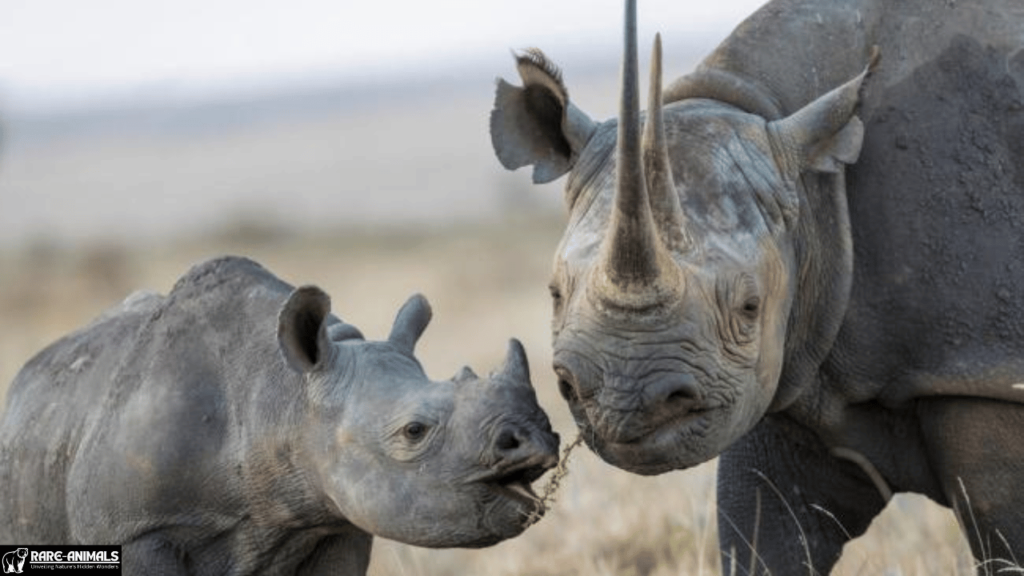
3. Pinta Island Tortoise
Lonesome George’s Legacy
Lonesome George, the last known Pinta Island tortoise, died in 2012, marking the end of his species. Habitat destruction caused by introduced species was a significant factor in their extinction.
Lessons Learned
The story of the Pinta Island tortoise emphasizes the importance of controlling invasive species and preserving isolated habitats for endangered wildlife.
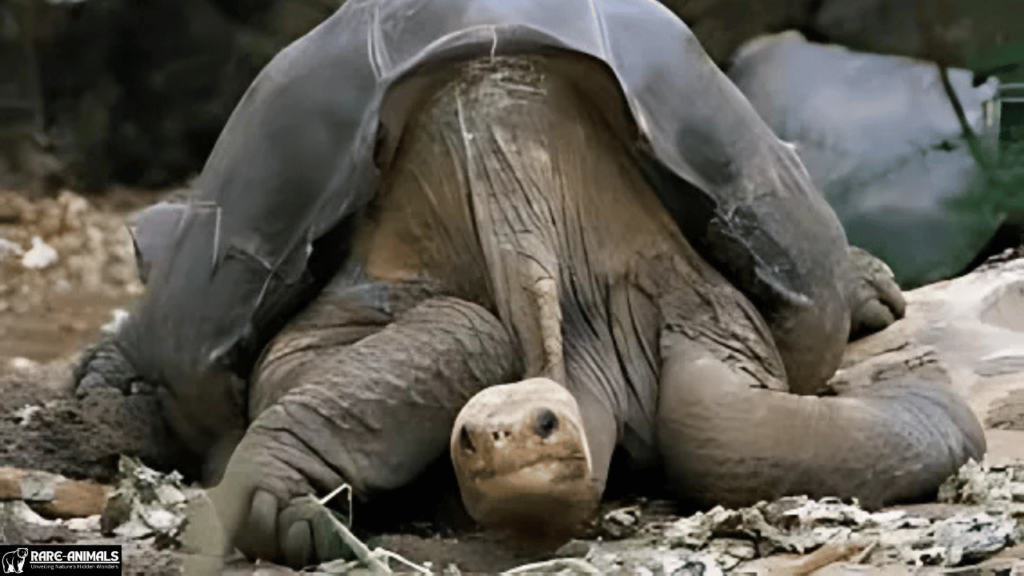
4. Spix’s Macaw
A Flightless Future
Famous for its appearance in the animated film Rio, the Spix’s Macaw went extinct in the wild in 2000. The primary culprits were habitat loss and illegal pet trade.
Lessons Learned
This extinction reminds us of the critical need to combat illegal wildlife trade and restore habitats to support species reintroductions.
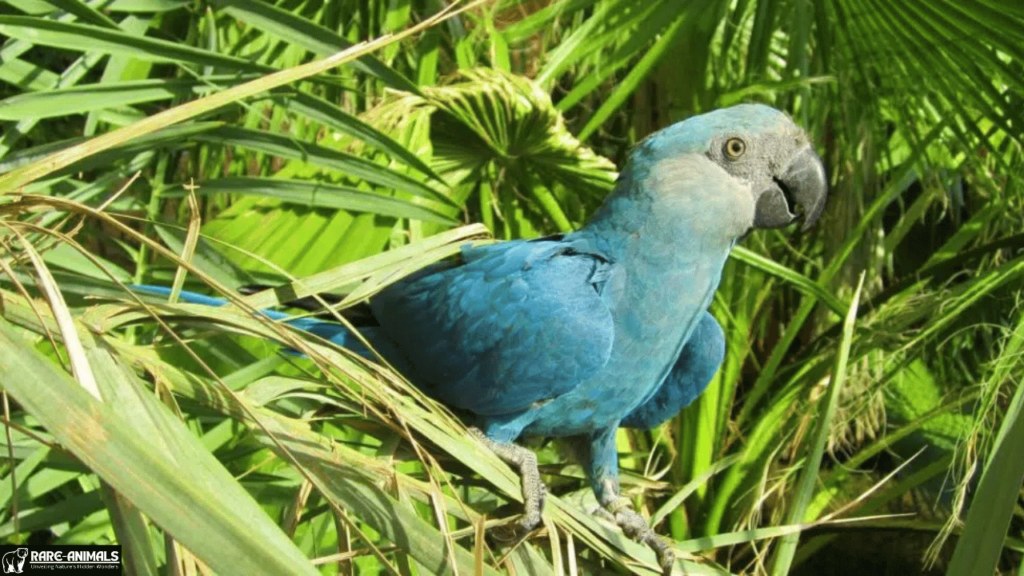
5. Pyrenean Ibex
The First De-extinction Attempt
The Pyrenean Ibex was declared extinct in 2000, but scientists briefly brought it back via cloning in 2003. Unfortunately, the cloned animal lived only a few minutes.
Lessons Learned
The Pyrenean Ibex’s story highlights both the potential and limitations of de-extinction science. It underscores the importance of proactive conservation over reactive measures
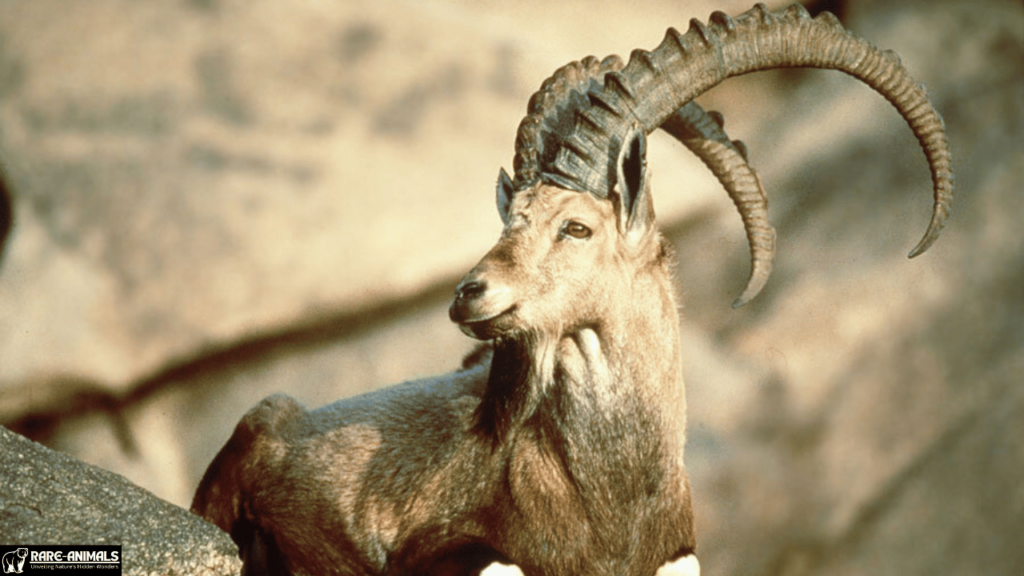
6. Golden Toad
Vanished Without a Trace
Native to Costa Rica, the Golden Toad disappeared in 1989 due to climate change and a deadly fungal disease, chytridiomycosis.
Lessons Learned
The extinction of the Golden Toad demonstrates the urgent need to address climate change and invest in research to combat wildlife diseases.
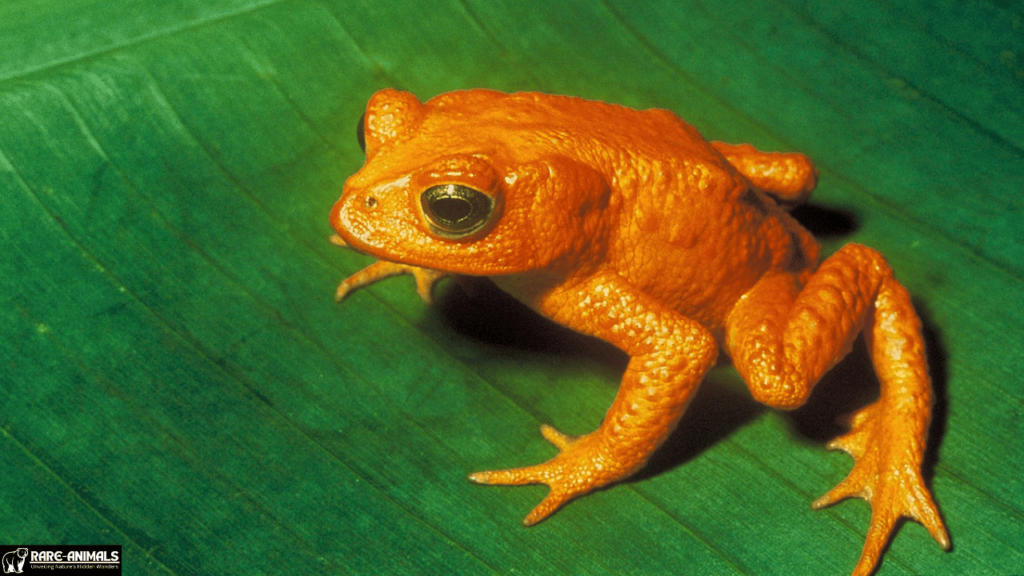
7. Christmas Island Pipistrelle
The Silent Night
This tiny bat, endemic to Christmas Island, went extinct in 2009 due to habitat destruction and invasive species.
Lessons Learned
Protecting endemic species requires rigorous monitoring and swift action to address invasive threats and habitat loss.
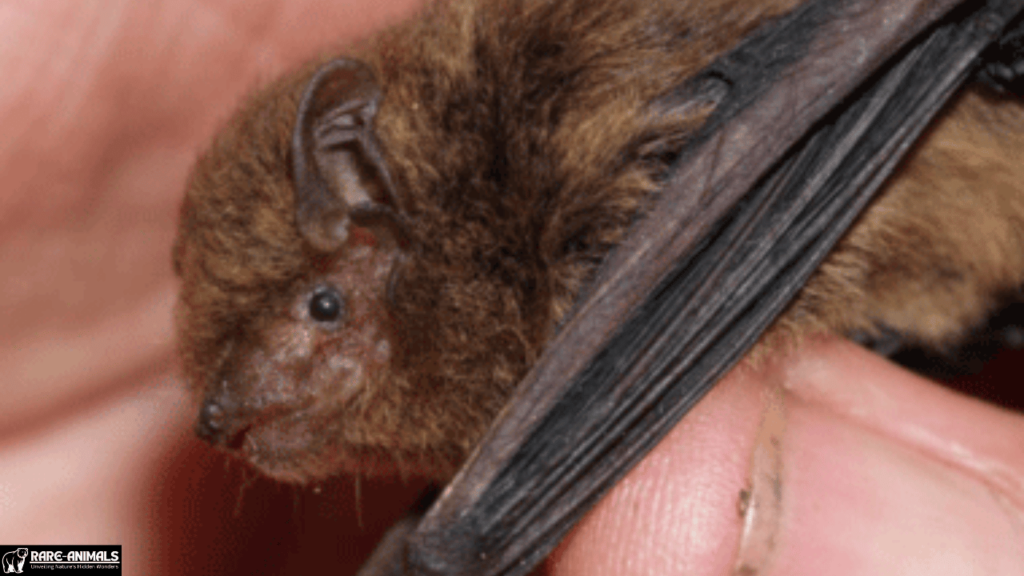
8. Caribbean Monk Seal
The Vanishing Seal
Declared extinct in 2008, the Caribbean Monk Seal was hunted extensively for its oil. Overfishing further depleted its food sources, leading to its decline.
Lessons Learned
The extinction of the Caribbean Monk Seal serves as a warning about unsustainable fishing practices and overexploitation of marine resources.
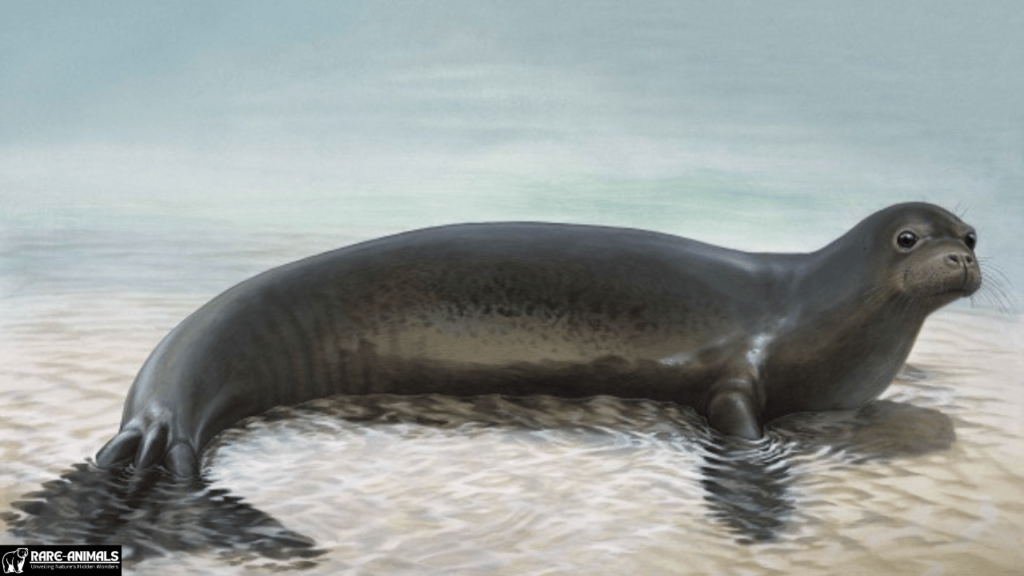
9. Poʻouli (Black-Faced Honeycreeper)
A Lost Bird of Hawaii
The Poʻouli was last seen in the wild in 2004 and officially declared extinct in 2018. Habitat destruction and invasive species such as rats and mosquitoes carrying avian diseases were the primary causes.
Lessons Learned
The Poʻouli’s story underscores the importance of eradicating invasive species and preserving native ecosystems.
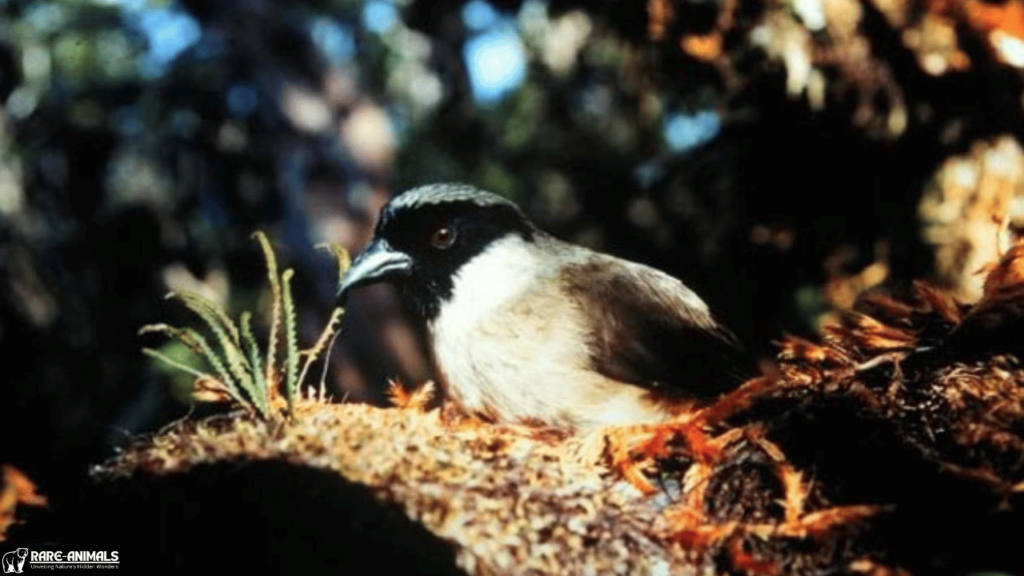
10. Tasmanian Tiger (Thylacine)
A Ghost of the Past
The Tasmanian Tiger was declared extinct in 1936, primarily due to hunting, habitat destruction, and competition with introduced species like dogs.
Lessons Learned
Its extinction highlights the need for better wildlife management practices and stricter protections for endangered species.
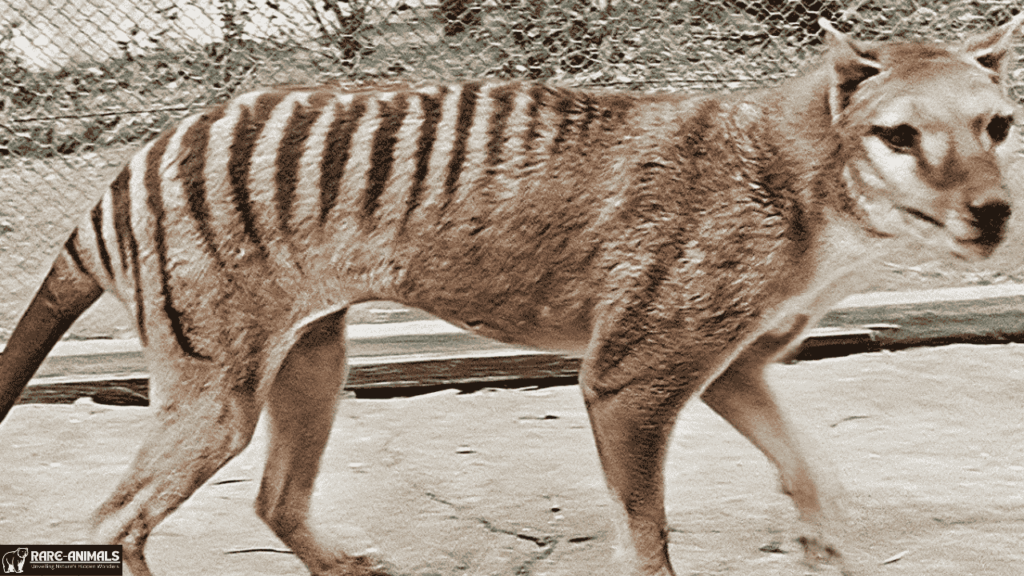
Conclusion
The stories of these ten recently extinct animals provide crucial insights into the fragile balance of ecosystems and the impact of human activities. By learning from their losses, we can take meaningful steps to protect endangered species and preserve biodiversity for future generations.
Join conservation efforts, support wildlife protection organizations, and raise awareness about the importance of biodiversity to prevent further extinctions.
FAQs
1. What are the main causes of animal extinctions today?
The leading causes include habitat destruction, climate change, pollution, poaching, and the introduction of invasive species.
2. Can extinct animals be brought back to life?
While de-extinction technologies like cloning show promise, they are still in experimental stages and cannot replace proactive conservation.
3. How can individuals help prevent animal extinctions?
Support conservation organizations, reduce your carbon footprint, and advocate for stronger wildlife protection laws.
4. Are there any success stories of species saved from extinction?
Yes, species like the California Condor and the Giant Panda have been brought back from the brink of extinction through dedicated conservation efforts.

Alveena is an experienced content writer with a knack for crafting engaging and insightful pieces. She thrives on breaking down complex ideas and presenting them as clear, captivating content that resonates with readers.

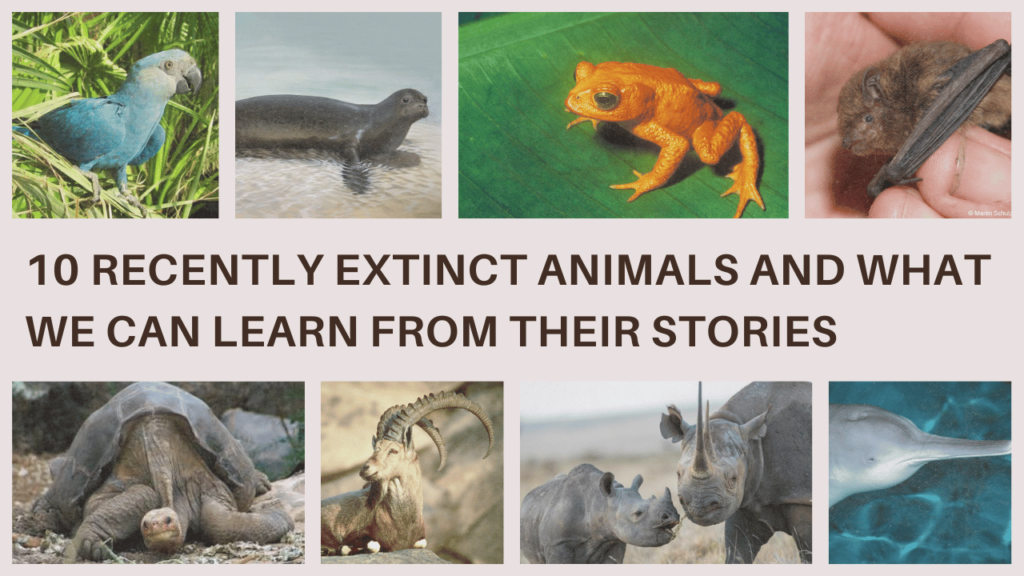
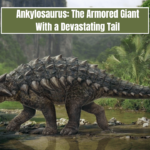
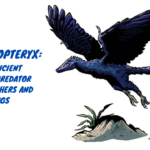

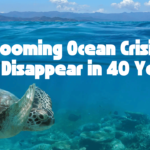


3 thoughts on “10 Recently Extinct Animals and What We Can Learn From Their Stories”